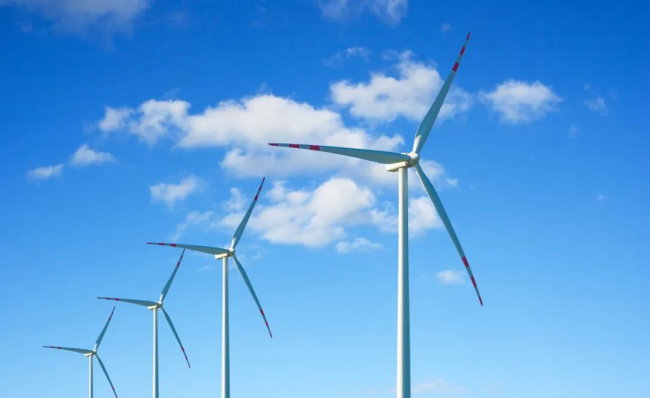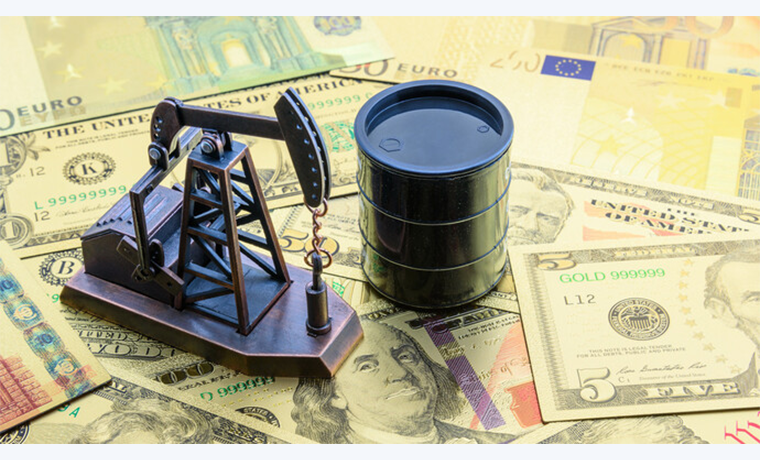Wind power generation is a relatively environmentally friendly form of energy. It uses wind power to generate electricity and does not emit pollutants so that it has received widespread attention and recognition. But the wind energy industry faces severe economic and political headwinds after years of rapid growth.

Which country has the most advantage in the cost of wind power technology at present?
According to the report of the International Energy Agency (IEA), currently the country with the best wind power generation technology and the lowest cost is China. As the world's largest wind energy market, China has an absolute advantage in manufacturing wind turbines and other components with increasingly advanced technology and lower costs than Western countries.
Traditional industrial electricity cost
The cost of electricity varies depending on factors such as regions, industries, and electricity consumption. The following are statistics on the average cost of industrial electricity in some regions:
China: The cost of industrial electricity varies from region to region, but the average price is around RMB 0.8-1.0 per kWh.
United States: The cost of industrial electricity varies from state to state, with an average price of around 6-7 cents per kWh.
Europe: The cost of industrial electricity in European countries varies from country to country, and the average price is around 10-30 cents per kWh.
At the same time, the United States has a large amount of domestic oil resources and is one of the largest oil producers in the world. In addition, the United States also has advantages in the extraction technology of shale oil and oil sands. Therefore, the United States hopes to delay and maintain the status quo without taking advantage of wind power.
On June 1, 2017, Trump announced that the United States would withdraw from the global clean energy agreement. In a statement announcing the withdrawal agreement, Trump said he believed the deal was unfair to the U.S. economy and workers and would lead to sharply higher energy costs in the United States. He also said he would renegotiate the agreement to better protect U.S. interests. The decision has drawn global attention and criticism. Many countries and institutions have called on the United States to reconsider its position and continue to support a global agreement on clean energy.

Current status of wind power development in various countries
China: As the world's largest wind energy market, China has made great progress in wind energy technology. The government encourages the development of wind power generation in various ways, such as subsidies, tax incentives, etc. These policy measures help to reduce the cost of wind power generation. In addition, China is advanced in manufacturing wind technology, which also helps to reduce costs.
United States: The United States is also very active in investment and innovation in wind power generation, and its technology costs are gradually decreasing. The U.S. government encourages the development of wind power generation through tax incentives and energy standards. These policy measures have greatly promoted the development of the industry.
Germany: Germany is one of the leading countries in wind power generation technology, and it has rich experience in wind energy technology research, manufacture and installation. The German government encourages the development of wind power generation through subsidies, tenders, etc., and also has a certain influence in the formulation of wind energy technology standards.
Spain: Spain is also very active in wind power generation, and the cost of the technology is also falling. The Spanish government encourages the development of wind power generation through subsidies and other measures, and has also made great progress in technology research and development and manufacturing.
Wind power has great potential and prospects in the future energy market
Renewability and environmental protection: Wind power is a clean energy that does not produce carbon dioxide and other harmful gases and has little impact on the environment. Wind power is infinitely renewable and can help reduce the risk of global warming.
Cost competitiveness: With the continuous development of technology and expansion of scale, the cost of wind power generation has been greatly reduced. According to the International Energy Agency (IEA), the current cost of wind power generation is comparable to or even lower than that of traditional fossil fuel power generation. This makes wind power more competitive in the market.
Growth Potential: The installed capacity of wind power generation and the amount of electricity generated is increasing worldwide. According to the IEA, the installed capacity of wind power globally is expected to more than triple by 2030 and is expected to meet more than half of global energy demand.
In the energy market of the future, different energy mixes will emerge. Currently, wind power accounts for less than 7% of the world's electricity generation.
Wind energy recovering from 2022 slump
In the US, a key tax credit for wind energy projects was due to expire in 2022. But the Lower Inflation Act, which the industry signed into law last August, expanded those credits.
The Biden administration has also stepped up efforts to bring offshore wind power to more of the U.S. coastline, auctioning off leases for coastal wind farms in New York, New Jersey, North and South Carolina, and California. The Netherlands, Germany and the UK also have large projects underway, as do emerging markets such as Taiwan and France. Offshore wind installations are set to rebound this year and may even set record growth again.